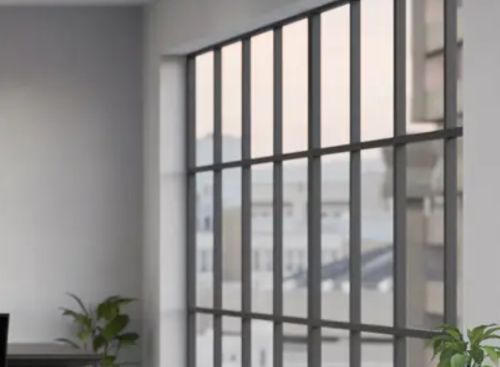

Creating an office space that communicates the essence of a company can leave a lasting impression on employees and visitors. Every element, from furniture to wall art, contributes to the overall atmosphere. Among these, office signage plays a crucial role in shaping perception. This article explores practical tips to select office signs that mirror a company’s identity and values, helping enhance both aesthetics and functionality.
Understand the Message Behind the Signage
The process of selecting the right signs for offices starts with clarity about the message. A sign can convey professionalism, creativity, or warmth. For instance, a law firm may favor sleek, minimal designs, while a creative studio might opt for vibrant, bold visuals. Establishing what the office wants to communicate ensures consistency across all signage.
Color, font, and material affect perception. Metallic finishes give a sense of authority, wooden signs evoke warmth, and bold colors draw attention. Aligning these elements with company values strengthens the impression made on visitors and staff.
Match Design to Company Culture
Office signs need to harmonize with the company culture to feel authentic. The design should reflect how employees interact with one another and with clients. A relaxed, collaborative workplace may benefit from informal, approachable signage, while a corporate environment might require precise, clean lines.
Key aspects to consider include:
- Typography: Choose fonts that align with brand identity and readability.
- Graphics: Include subtle logos or icons that reinforce recognition.
- Color schemes: Use colors that convey energy, calm, or trust, depending on the culture.
These elements work together to ensure every visitor experiences the intended vibe of the workplace.
Choose Materials Wisely
The material of office signs affects both durability and visual impact. Common options include acrylic, wood, metal, and glass. Acrylic allows for vibrant colors and sleek finishes, while wood adds a natural, inviting touch. Metal communicates strength and professionalism.
Consider environmental conditions and maintenance needs. High-traffic areas may require more durable materials, while areas like reception can accommodate delicate designs. Attention to material details ensures longevity without sacrificing style.
Think About Placement and Visibility
Proper placement ensures signs capture attention and serve their purpose. Directional signs must be visible from common paths, while branding signs should greet visitors at entrances.
- Entrance areas: Establish brand identity instantly.
- Conference rooms: Highlight professionalism or creativity.
- Workspaces: Encourage clarity and organization.
Effective positioning ensures that signage supports the workflow and strengthens the company’s image simultaneously.
Personalize Signs to Inspire Engagement
Office signs offer opportunities for personalization. Inspirational quotes, custom artwork, or unique textures can make the space more welcoming. Personal touches can enhance employee morale and create a stronger connection to the brand.
Integrating subtle cultural cues can reinforce values. For example, a company that prioritizes sustainability can display eco-friendly materials or messaging. These details make the workplace feel intentional and aligned with the company’s principles.
Balance Functionality and Style
The perfect office signage balances practicality with visual appeal. Signs must remain readable while reflecting aesthetic goals. Clear fonts, proper lighting, and uncluttered designs prevent confusion. Employees benefit from guidance, and visitors receive a seamless introduction to the brand identity.
When executed well, signs for offices become a cohesive extension of the company culture. They demonstrate attention to detail and communicate values without a single word being spoken. Integrating design, material, and messaging thoughtfully ensures that signage contributes to a positive office experience.
Choosing office signs requires a thoughtful approach to design, materials, and placement. Focusing on company culture, brand identity, and employee experience ensures the signage feels natural and impactful. Custom touches and functional design work together to elevate the office environment. Signs for offices should reflect the character of the organization while providing clarity and guidance. This careful balance makes every visitor’s experience memorable and every employee’s workspace more enjoyable.


